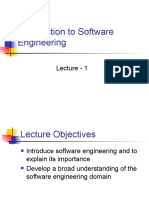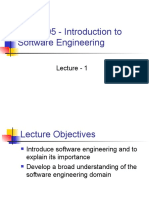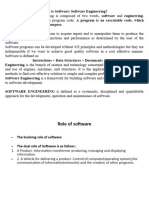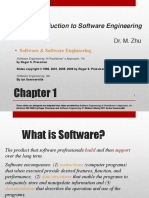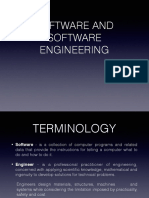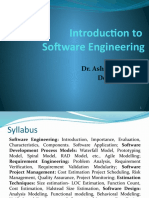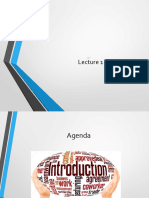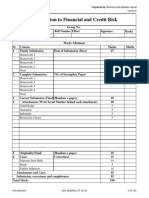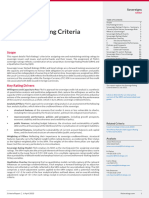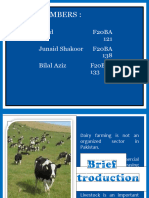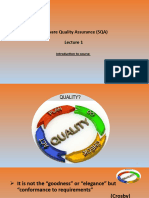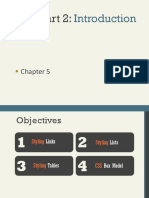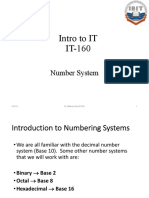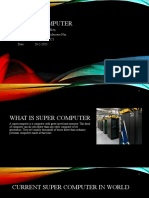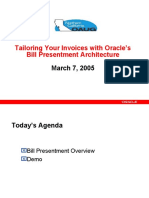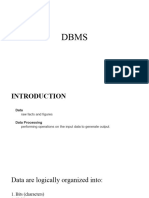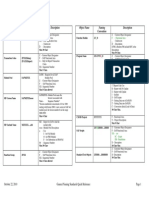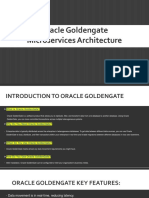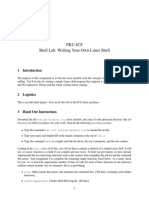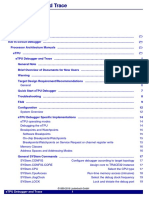0% found this document useful (0 votes)
76 views54 pagesCh1. - Introduction To Software Engineering
The document introduces software engineering and defines it as the application of engineering principles to software development. It discusses what software engineering entails, the differences between software engineering and computer science, types of software and software products, and attributes of good quality software such as maintainability, reliability, and usability.
Uploaded by
Asad AkhlaqCopyright
© © All Rights Reserved
We take content rights seriously. If you suspect this is your content, claim it here.
Available Formats
Download as PDF, TXT or read online on Scribd
0% found this document useful (0 votes)
76 views54 pagesCh1. - Introduction To Software Engineering
The document introduces software engineering and defines it as the application of engineering principles to software development. It discusses what software engineering entails, the differences between software engineering and computer science, types of software and software products, and attributes of good quality software such as maintainability, reliability, and usability.
Uploaded by
Asad AkhlaqCopyright
© © All Rights Reserved
We take content rights seriously. If you suspect this is your content, claim it here.
Available Formats
Download as PDF, TXT or read online on Scribd
/ 54







